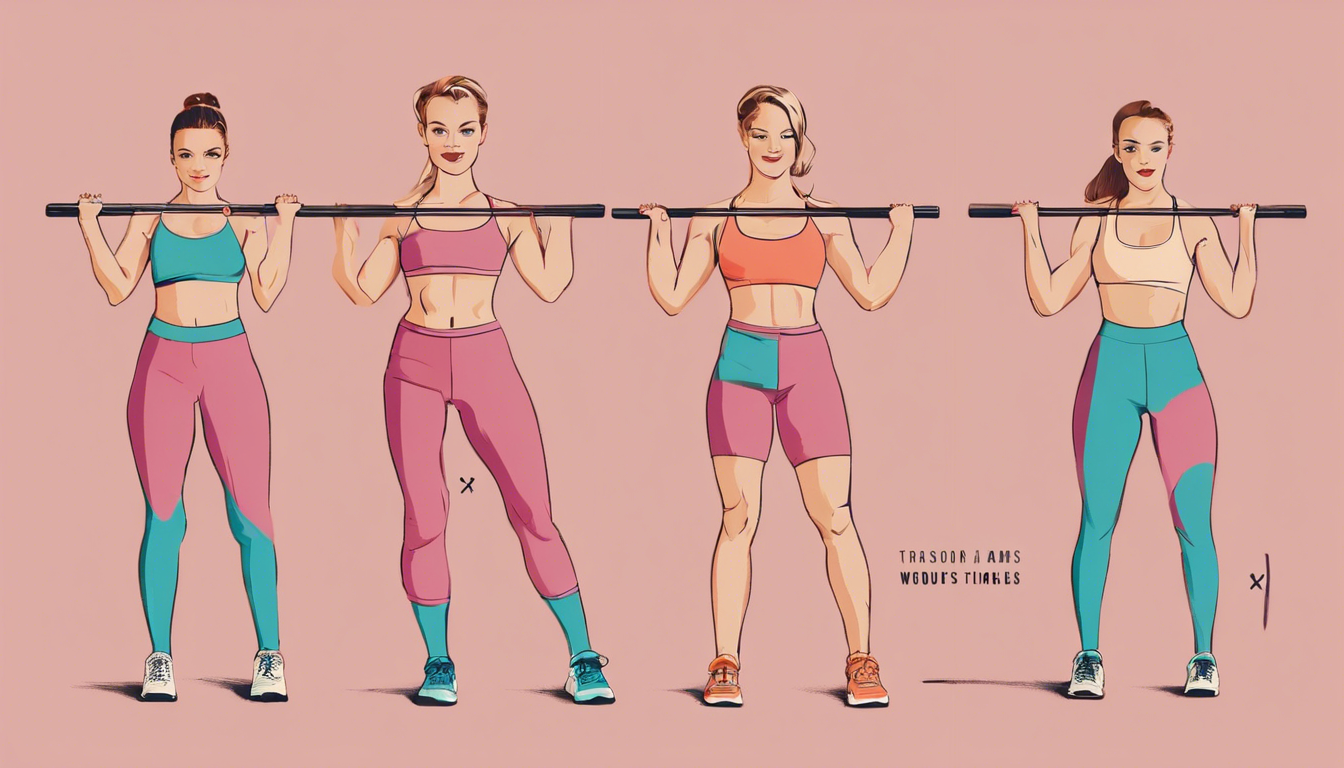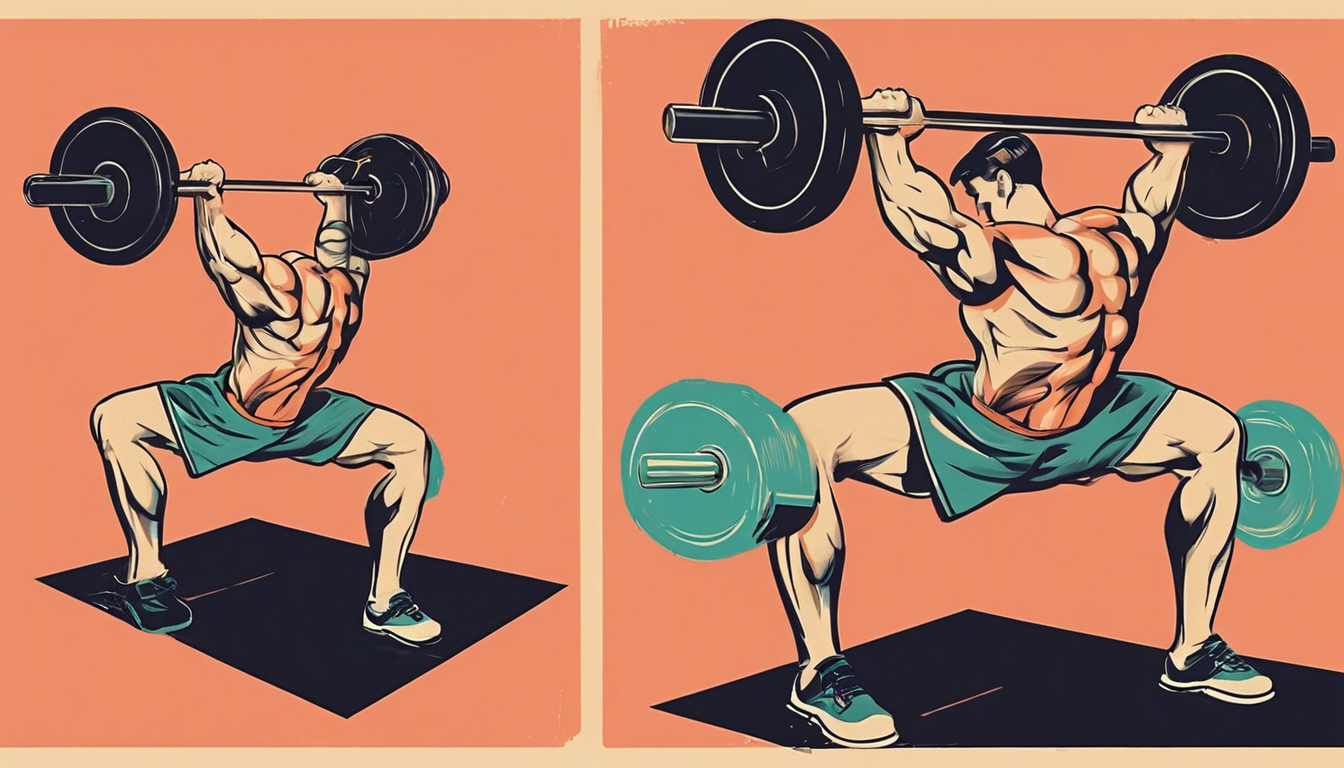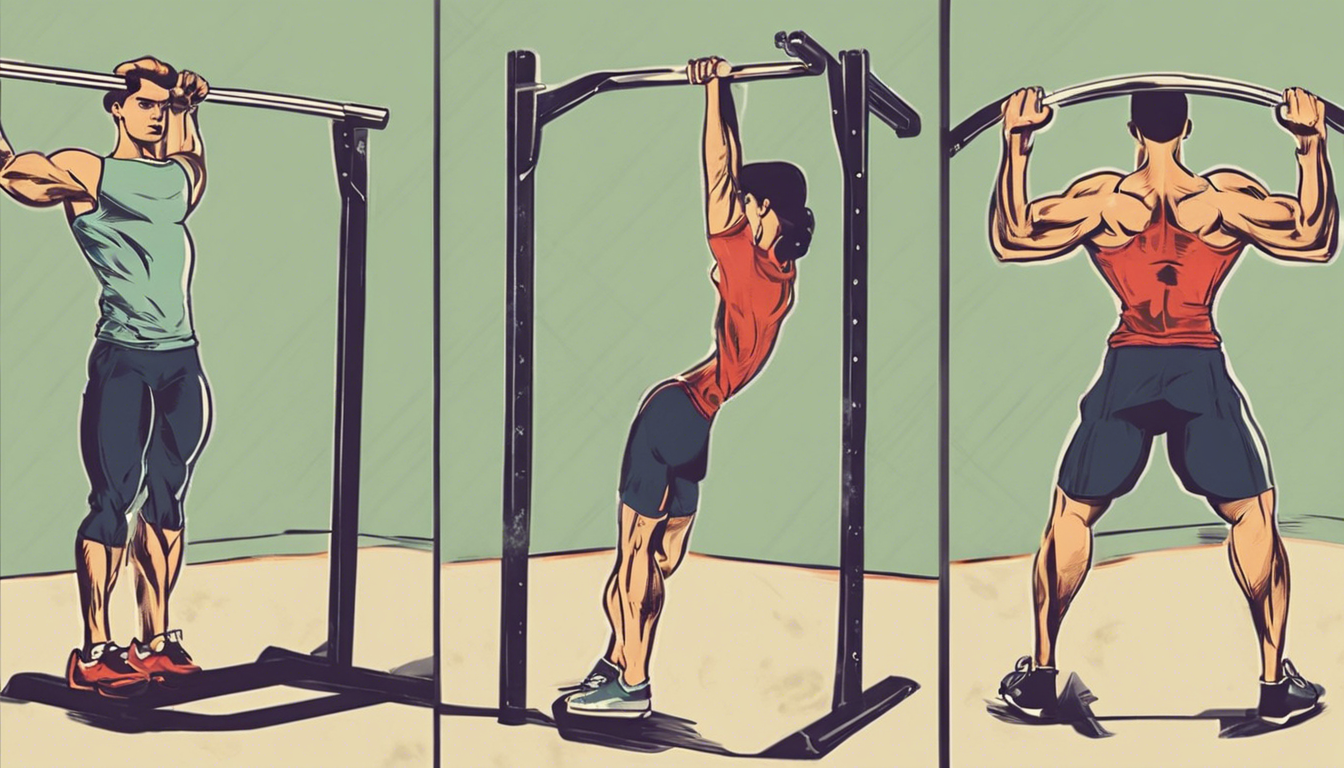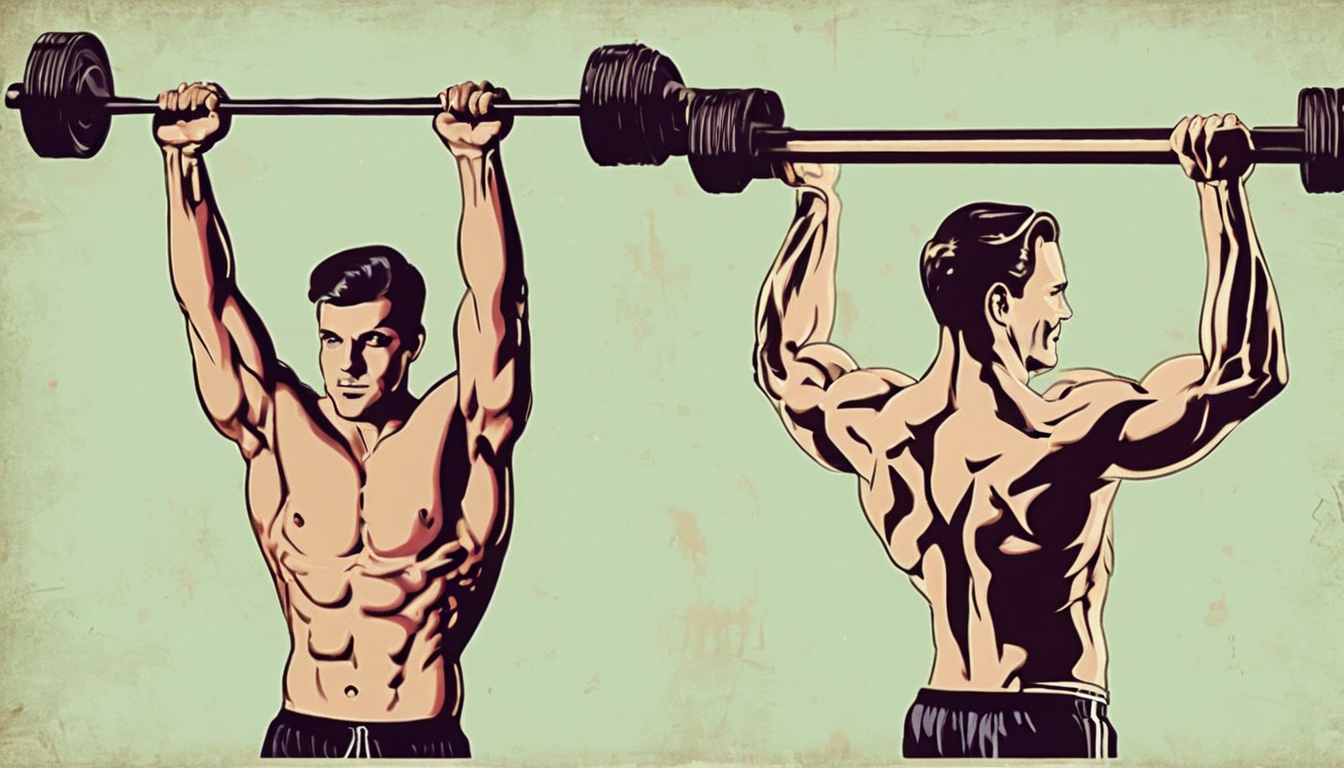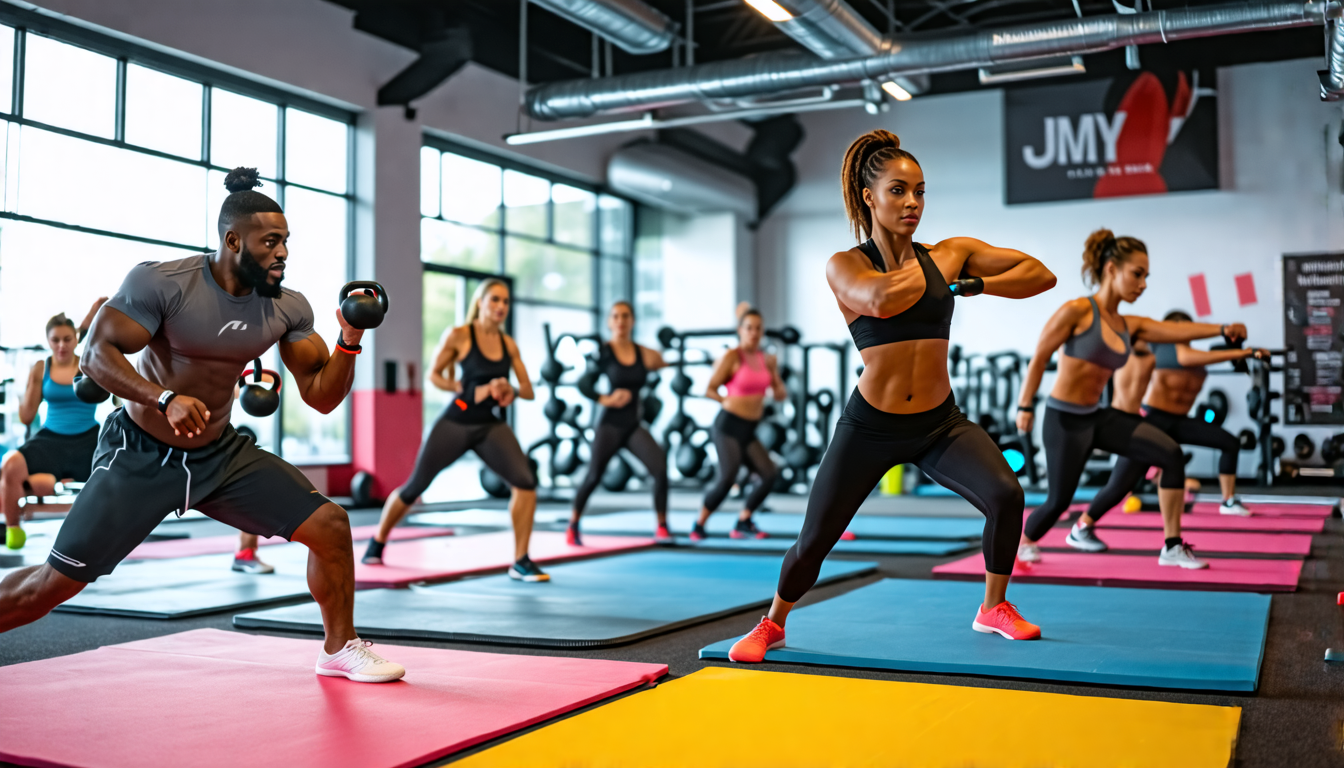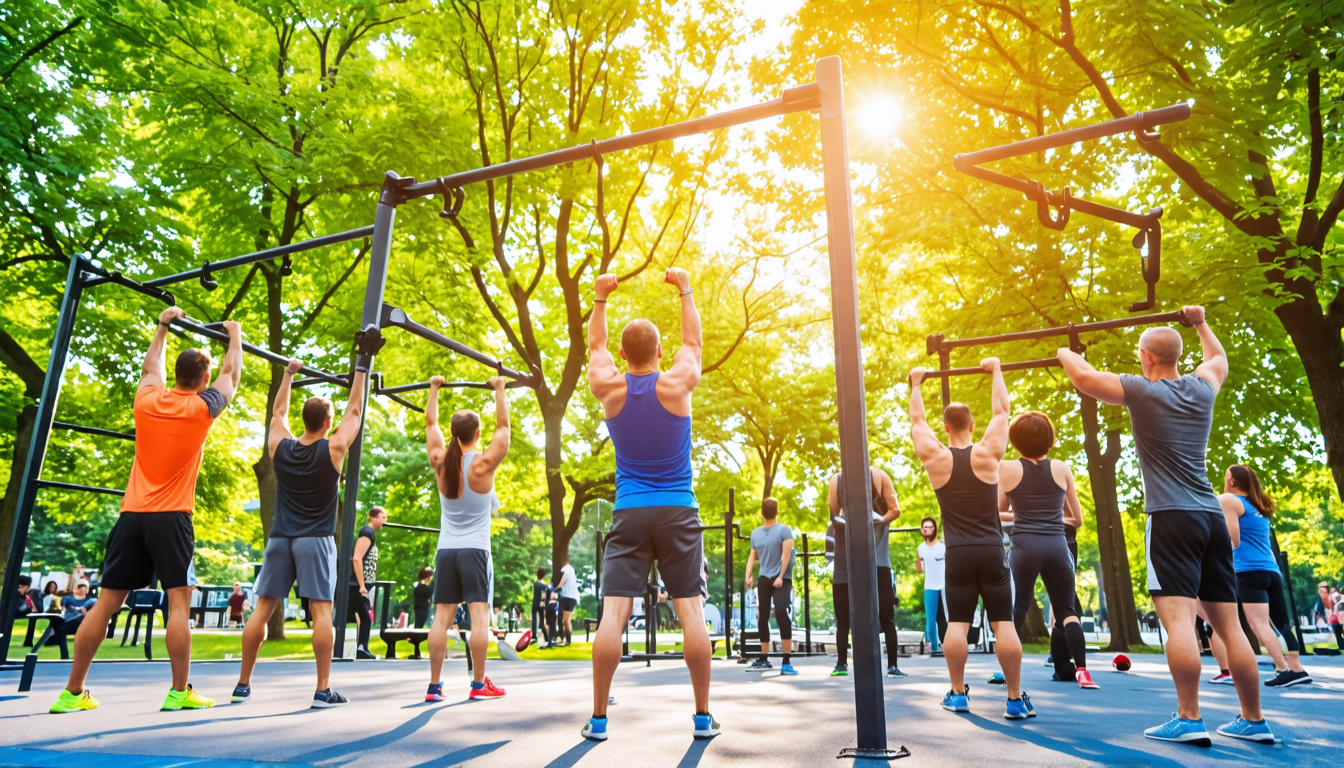
The Vision: Your Body, The Ultimate Gym
Imagine propelling your body through space with effortless control—pulling yourself over a bar, holding a perfect iron cross, or flowing between muscle-ups. This isn’t just fitness; it’s physical artistry. This power and grace are unlocked not by machines, but by mastering the most fundamental tool: the bar. Mastering calisthenics bar workouts is the key to building unparalleled functional strength, tendon resilience, and a physique forged by pure, unassisted movement.
Foundational Choices: Your Bar, Your Arena
Your first decision—selecting and installing your bar—sets the stage for every rep and progression to come. This is your arena; choose and prepare it with the seriousness of an athlete.
Part A: Selection and Sizing
Your goals and space dictate your hardware. A wall-mounted rig offers permanent, rock-solid stability for heavy training and skill work. A freestanding power tower provides versatility for pull-ups, dips, and leg raises in a single unit, ideal for dedicated home gyms. A simple doorway pull-up bar is the minimalist’s entry point, perfect for building foundational strength but limiting dynamic movements. Choose based on your ceiling: skill work like muscle-ups requires a bar with ample overhead clearance (at least 24 inches above your reach).
Part B: Location and Setup
Placement is tactical. Install your bar in a space that allows for 360-degree movement and safe dismounts. For wall-mounted bars, anchor directly into wall studs, never just drywall. For freestanding units, ensure the base is on a perfectly level, non-slip surface. Perform the critical installation check: test the bar’s load rating (aim for a minimum 300lb capacity), verify clearance for kipping or swinging, and assess the grip texture—it should be secure but not abrasive to the point of tearing skin.
Part C: Material and Build Quality
The material composition determines feel, durability, and safety. Understand the components before you commit.
| Component | Options | Key Characteristics |
|---|---|---|
| Frame Material | Steel, Powder-Coated Steel, Aluminum | Raw steel offers supreme grip but can rust indoors and is harsh on hands. Powder-coated is the gold standard: durable, weather-resistant for outdoors, and provides consistent friction. Aluminum is lightweight for portable setups but has lower load limits and can feel slippery. |
| Grip Type | Knurled, Smooth, Rubber-Coated | Knurling (textured metal) provides maximum grip for heavy pulls but demands tough calluses. Smooth steel/chrome is easier on the skin but requires more grip strength. Rubber or foam coatings are comfortable for beginners but can degrade and limit advanced grip techniques. |
| Diameter | Standard (28-32mm), Thick (40mm+) | The standard diameter fits most hands and is ideal for all-around training. A thick bar (40mm+) drastically increases grip demand, building forearm strength but making advanced skills like the muscle-up significantly harder. |
The Core System: Programming for Progressive Overload
Effective calisthenics bar workouts are a science of managed stress and recovery. Your programming is the control panel for continuous adaptation. You must manipulate these key variables.
Variable 1: Volume and Frequency
Ideal Range: For pure strength (1-5 rep max efforts), aim for 10-20 hard sets per muscle group per week. For hypertrophy (muscle growth), 15-25 sets. Consequence of Error: Exceeding your recoverable volume leads to overuse injuries and stagnation. Control Method: Use a structured weekly split. A classic “Push, Pull, Legs” split run twice weekly allows for sufficient frequency and recovery. Track your total weekly sets religiously.
Variable 2: Intensity and Leverage
The Target: Constantly challenge your muscles by increasing mechanical difficulty, not just adding reps. Consequence of Stagnation: Your body adapts, and progress halts. Control Tools: Utilize exercise progressions (e.g., moving from a pull-up to an archer pull-up to a one-arm pull-up progression). Implement tempo training: a 3-second eccentric (lowering) phase on pull-ups builds more strength and tendon resilience than fast, bouncy reps.
Variable 3: Rest and Density
The Target: Manipulate rest intervals to drive different adaptations. Consequence of Ignorance: Inadequate rest compromises performance; too much rest limits work capacity. Control Method: For strength, rest 3-5 minutes between sets. To increase density (work capacity), use density blocks: set a timer for 10 minutes and perform a set of pull-ups every minute on the minute. The goal is to increase total reps within the same time frame over weeks.
Advanced Practices: The Skill & Strength Matrix
This is where art meets science—transforming basic pulls and dips into a sophisticated strength vocabulary. Here, preparation and intelligent selection are everything.
Preparation: Mobility & Prehab
Your workout begins before your first hang. A non-negotiable warm-up includes: Scapular Activation (scapular pulls and depressions), Wrist Prep (full-range circles and stretches), and Shoulder Capsule Care (banded dislocates and German hangs). This prepares the joints for load, not just the muscles.
Ongoing Inputs: Exercise Progressions
Adopt a progression ladder for every movement pattern. Do not randomly attempt advanced skills. Your path is structured:
Vertical Pull: Scapular Pull > Dead Hang > Pull-up > Weighted Pull-up > Archer Pull-up > One-Arm Progression.
Vertical Push: Bench Dip > Parallel Bar Dip > Straight Bar Dip > Weighted Dip > Russian Dip > Muscle-up.
Master one rung completely before reaching for the next.
Selection and Strategy: Building Your Workout
A balanced, advanced session integrates multiple vectors. Combine a strength compound (e.g., Weighted Pull-ups), an isometric skill hold (e.g., Front Lever Tuck for 20s), and a hypertrophy accessory (e.g., Bodyweight Rows for high reps). This matrix attacks strength, connective tissue adaptation, and muscle growth simultaneously within a single, cohesive calisthenics bar workout.
Threat Management: Injury Prevention and Solution
Long-term progress is built on joint health. Adopt a proactive defender’s mindset. Your greatest threat is not a lack of strength, but a surplus of enthusiasm without wisdom.
Prevention: The Pillars of Durability
Enforce a balanced push/pull ratio (at least 1:1, ideally 2:3 pull-to-push for shoulder health). Prioritize controlled movement over momentum. Most critically, learn to listen to your body: distinguish the deep burn of muscle fatigue from the sharp, nagging pain of a tendon or joint. The latter is a command to stop.
Intervention: Navigating Common Setbacks
Identify:
- Elbow Tendonitis (Golfer’s/Tennis): Pain on the inner or outer elbow during gripping or pulling.
- Rotator Cuff Strain: Dull ache or sharp pain deep in the shoulder during hanging or rotation.
- Skin Tears (Rips): Torn calluses from high-volume bar work or poor grip technique.
Tiered Response:
Tier 1 (Immediate): Deload by 50% volume for a week. Apply ice to acute inflammation.
Tier 2 (Rehab): Integrate daily prehab: eccentric wrist curls for elbows, band pull-aparts for shoulders. Soak and sand calluses smooth.
Tier 3 (Professional): If pain persists beyond two weeks of modified activity, consult a physical therapist who understands athletic loading.
The Action Plan: A Quarterly Progression Roadmap
Mastery is a cycle of building, intensifying, and consolidating. This 12-month roadmap provides the structure for your journey.
| Phase | Primary Tasks | Focus On |
|---|---|---|
| Foundation (Months 1-3) | Master strict form on basic pulls, dips, and bodyweight rows. Build work capacity with 3-4 weekly sessions. | Consistency, connective tissue adaptation, and achieving 3 sets of 8 clean reps on core movements. |
| Intensification (Months 4-6) | Introduce weighted variations (5-10kg) or early progressions like L-sit pull-ups and Russian dips. Begin isometric holds. | Increasing absolute strength. Accumulating 30+ seconds total hold in positions like the front lever tuck and skin the cat. |
| Skill Acquisition (Months 7-9) | Dedicate fresh, skill-specific sessions to techniques like the muscle-up transition and back lever. Use band assistance. | Neuromuscular control. Partitioning training: strength days remain heavy, skill days are for technique and low-fatigue practice. |
| Integration & Mastery (Months 10-12+) | Combine skills into fluid routines (e.g., pull-up, muscle-up, dip sequence). Refine advanced moves. Begin coaching cues to solidify your own understanding. | Flow, complexity, and personalization. Designing and executing advanced calisthenics bar workouts that reflect your unique strengths. |
The Transformation: Becoming Bar-Proof
The core principle remains: true, lasting strength is built through mastering the interaction between your body and an immutable object. You have journeyed from selecting your first bar to commanding it with authority. The bar ceases to be a piece of equipment and becomes a partner in your physical expression. The unparalleled joy comes not just from the dense, capable physique you forge, but from the profound confidence of knowing your body’s limitless potential. This mastery enriches your life with a resilience and capability that echoes far beyond the gym, making you truly bar-proof.
